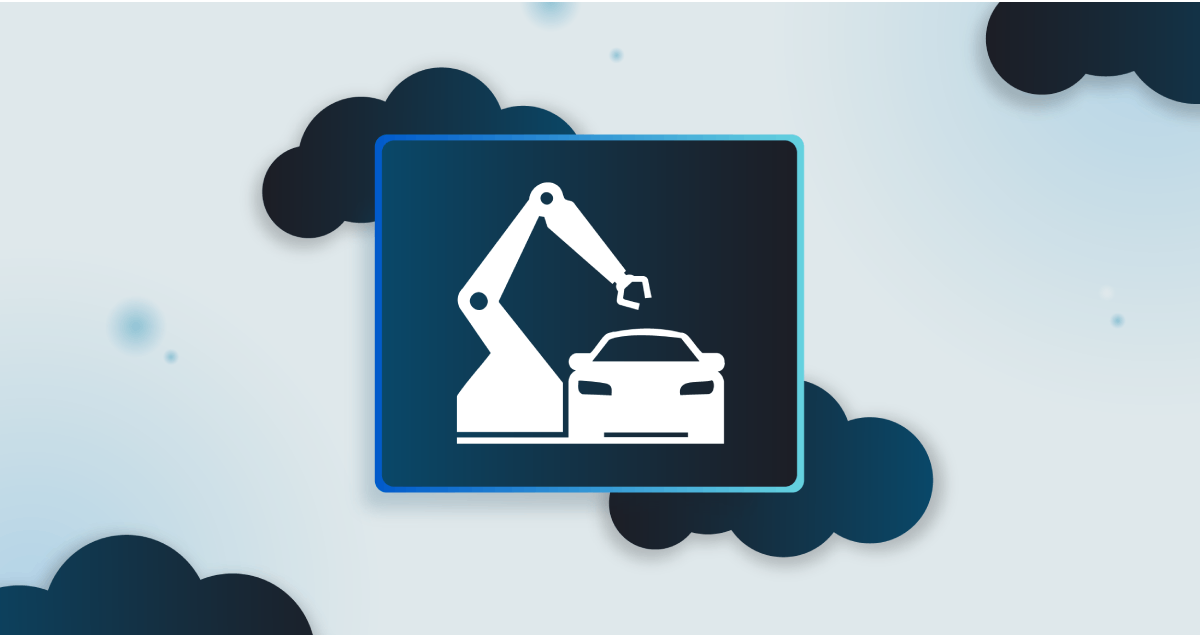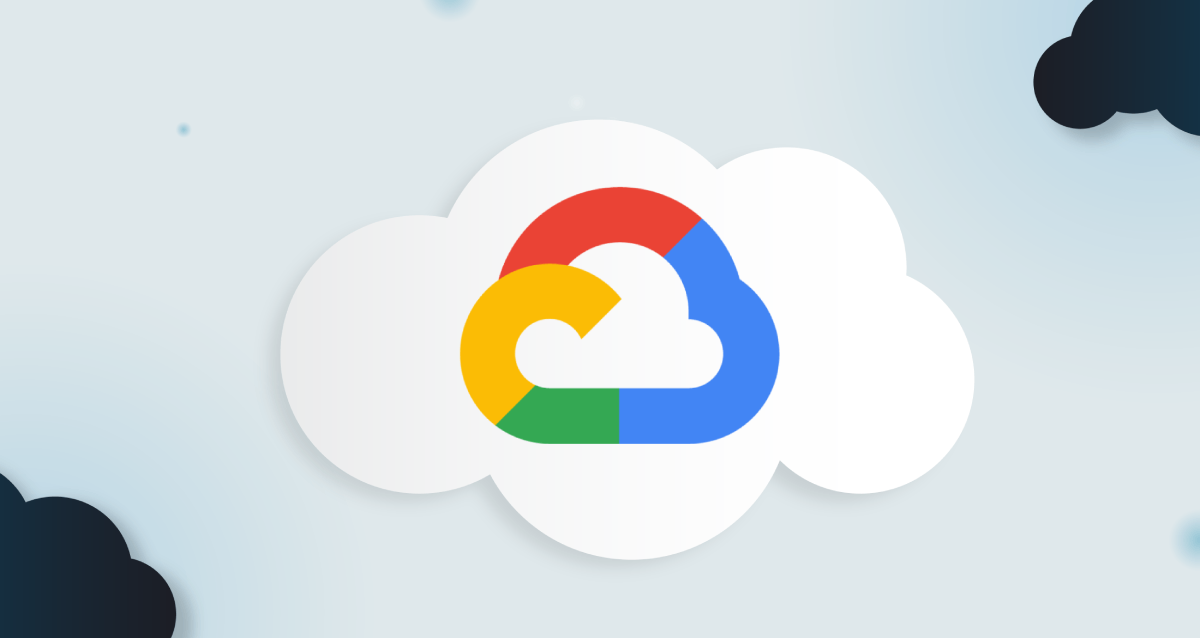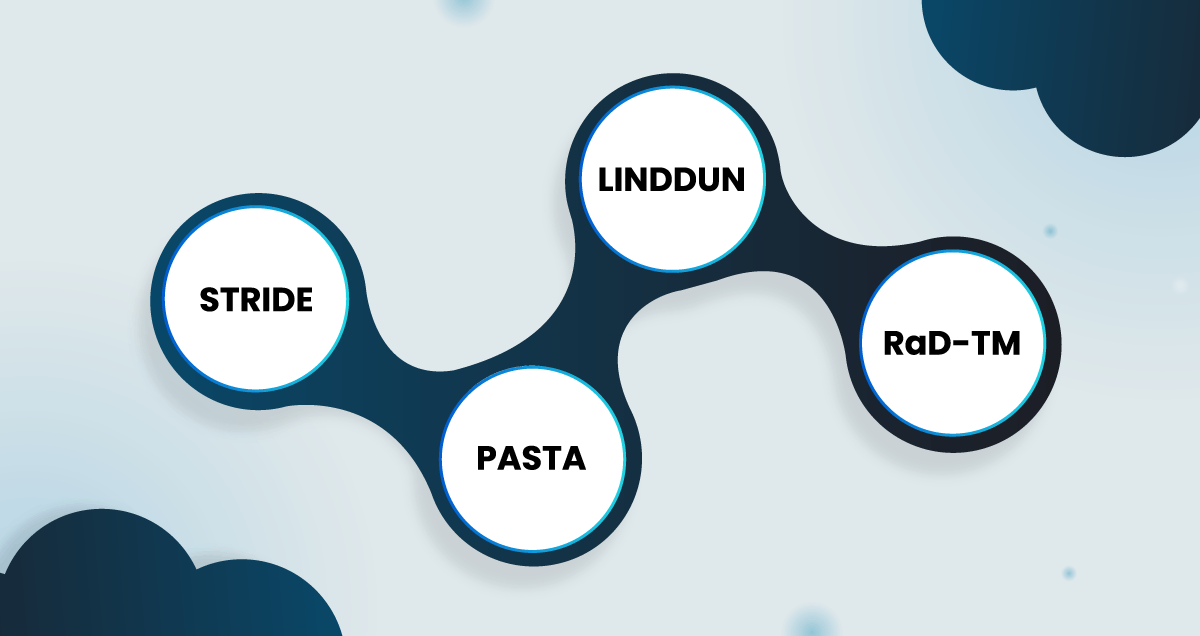If your business is like most, cybersecurity probably feels like an endless challenge. As soon as you deal with one threat, another one shows up. But with ThreatCanvas, our automated threat modeling tool, you can take a more proactive approach—catch risks early, reduce vulnerabilities, and stay compliant without the constant firefighting.
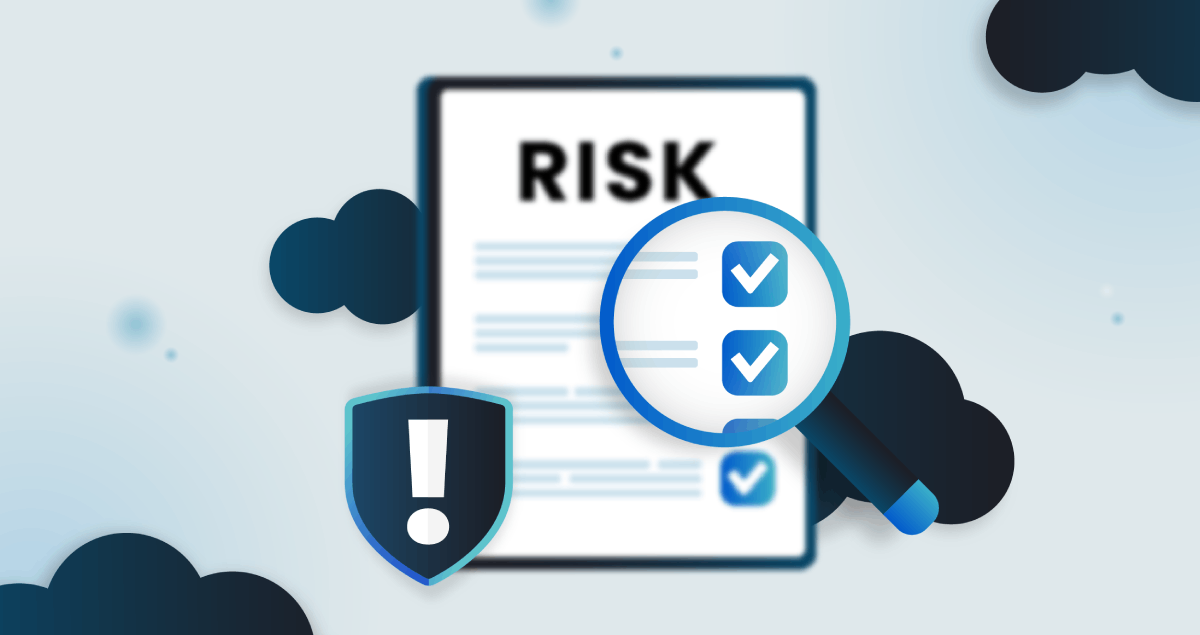
We’ve recently added some new risk templates, each designed to address the challenges of different industries. These templates take a more focused approach so organizations can prioritize the risks they really need to worry about. Let’s check out what’s new and how these templates can help keep things secure across different sectors.
Explaining Threat Modeling and Risk Templates
Before we discuss the new Risk Templates, let’s outline what threat modeling is and how our templates fit into the process. Essentially, threat modeling is the process of working out what could go wrong with your environment and how to prevent it from happening. It’s about thinking ahead by looking at your system, finding its weak areas, and keeping applications secure and compliant before hackers can exploit them.
Risk Templates in ThreatCanvas are pre-built collections of relevant risks and controls customized for specific contexts. They help organizations assess and manage risks in their applications by providing a straightforward way to identify potential vulnerabilities and mitigate them before they become issues. Let’s check them out below.
1. OT/IoT/SCADA
Industries like manufacturing, energy, and utilities rely on Operational Technology (OT), the Internet of Things (IoT), and SCADA systems to control critical infrastructure. These systems are responsible for keeping everything running smoothly, but their increasing connectivity also makes them open to cyberattacks. A breach in an industrial system could have serious consequences, from operational downtime to safety hazards.
The OT/IoT/SCADA Risk Template in ThreatCanvas is designed specifically for these types of systems. It helps organizations identify the unique risks that come with industrial control systems and implement protections before something goes wrong. This template is great for industries that work with power grids, water treatment, and manufacturing. By using it, security teams can make sure their systems stay secure and their operations don’t get interrupted by hackers.
2. Automotive Cybersecurity
The automotive world is changing fast. With all the new technology in cars, such as connected vehicles, autonomous driving, and fancy in-car systems, there’s a lot more for hackers to target. Cars have a lot of connected features, and while that’s great for convenience and safety, it opens the door to new security threats.
The Automotive Risk Template is built to handle the specific security issues that come with modern automotive systems. From vehicle networks to remote access vulnerabilities, it helps teams assess where cars might be exposed to cyberattacks. Given the rise of automotive cybersecurity issues and the risks involved, this template is a must for anyone in the automotive industry who wants to make sure their systems are protected.
3. FedRAMP
If you’re a cloud service provider working with the U.S. government, you know how important security compliance is. The Federal Risk and Authorization Management Program (FedRAMP) lays out strict guidelines for security assessments, authorization, and monitoring based on the NIST SP 800-53 framework. For cloud providers, meeting these requirements is crucial if you want to work with federal agencies.
ThreatCanvas now has a FedRAMP Risk Template to help cloud providers align with these standards. The template makes it easier for organizations to assess risks, implement controls, and maintain security while staying in line with FedRAMP’s requirements. For cloud providers looking to do business with the U.S. government or who just want to adopt best practices, this template helps streamline the compliance process and ensures that everything is secure.
4. MITRE ATT\&CK Framework for Enterprise
The MITRE ATT\&CK Framework is pretty much the benchmark when it comes to understanding how cybercriminals operate. It’s a detailed catalog of the tactics, techniques, and procedures (TTPs) that adversaries use to attack systems. By using this framework, security teams can map out potential adversary behaviors and work out how to detect and stop them before things get out of hand.
Organizations can model how cybercriminals might attack and give them the means to improve their detection and response strategies. If you’re looking for a better way to prepare for potential threats and improve your overall security posture, this template is a good place to start.
5. Privacy
With data privacy concerns on the rise, organizations should be extra careful about how they handle personal information. Privacy laws like GDPR and CCPA are putting pressure on companies to get it right. The Privacy Risk Template in ThreatCanvas simplifies things by giving organizations a framework to identify and mitigate privacy risks. Based on the LINDDUN framework, this template helps prioritize privacy threats so companies can focus on the areas that need the most attention.
This template is useful for businesses in sectors where handling personal data is a big deal, like healthcare, finance, or e-commerce. Organizations can ensure they’re protecting their customer data and staying compliant with privacy regulations.
6. Memory Safety
Memory safety vulnerabilities have been around for a while, but they’re still a big concern. They allow hackers to execute arbitrary code, escalate privileges, and generally cause havoc.
The Memory Safety Risk Template in ThreatCanvas helps organizations identify and address these types of vulnerabilities. By using it, teams can ensure their code is safe from attacks that exploit memory weaknesses. For industries where stability and security are non-negotiable, this template helps safeguard systems from the most common and dangerous memory-related exploits, such as buffer overflows.
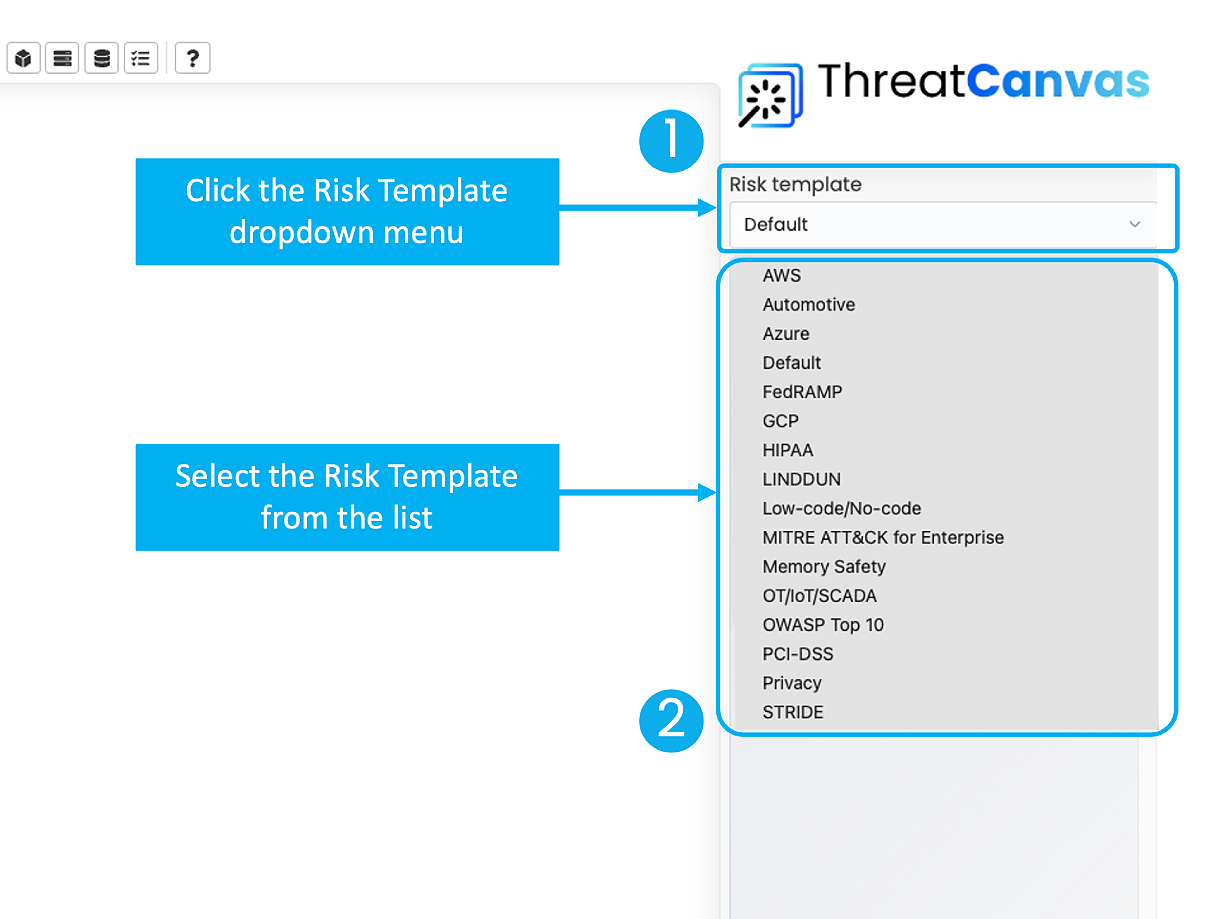
Automated Threat Modeling to Fit Your Needs
The new risk templates in ThreatCanvas are all about providing a more customized approach to cybersecurity. If you’re in the automotive industry, working with industrial systems, offering cloud services to the government, or handling personal data, these templates give you a framework to address the security risks in your field.
Using these templates means organizations can take a more proactive stance in threat modeling and better protect their systems and data. SecureFlag is here to help you build safer, more secure systems, no matter what industry you’re in.
